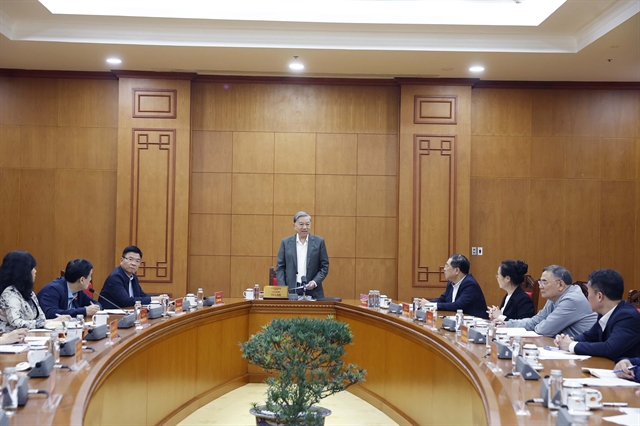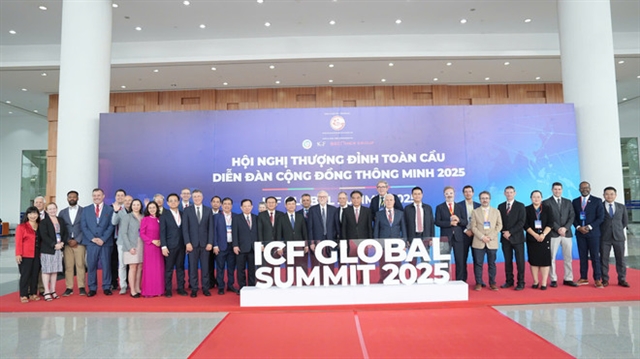 Economy
Economy

 |
| Ninh Bình Phosphate Fertiliser JSC. — Photo nongnghiep.vn |
HÀ NỘI — Many fertiliser production enterprises face difficulties in production and business due to the results of two silicon determination methods for products on the market.
Phùng Hà, standing vice chairman cum general secretary of the Vietnam Fertiliser Association, said that Việt Nam now has two methods for analysing the element silicon in fertilisers, and each method gives a different result for the same sample.
They are the method under TCVN 11407:2019, one national standard, for all kinds of fertiliser, including alkaline silica fertiliser, and other method under TCCS 772:2020/BVTV, the Plant Protection Department's standard, for only alkaline silica fertiliser.
According to complaints mainly from businesses producing fused phosphate and super phosphate fertilisers, sent to the association, these different results have caused many fertiliser production enterprises to be sanctioned for administrative violations in the fertiliser production and business, Hà said.
Nguyễn Hồng Phong, general director of Tiến Nông Industry and Agriculture JSC, said there is an overlap in testing methods.
Tiến Nông has had to explain to State management agencies many times about the different results, because the silicon content is 26-28 per cent under the Plant Protection Department's test method of TCCS 772:2020/BVTV, much higher than the content of only 1 per cent tested by the method of the national standard - TCVN 11407:2019, Phong said.
He said, it is necessary to soon standardise the methods and synchronise with international standards. That will create favourable conditions for international cooperation in silicon fertiliser research and trading this kind of fertiliser.
Phong also proposed promoting research and application of silicon-based nanomaterials in fertiliser production to take the effects of silicon on plants and soil.
Hà Huy San, head of the Technical Department, Ninh Bình Phosphate Fertiliser JSC, also said that the company's phosphate fertiliser products have been produced since 1985 with 25 per cent -30 per cent silicon ingredients.
Before the Government's Decree No 108/2017/NĐ-CP on fertiliser management issued in September 2017, businesses self-proclaimed quality and standards on packages and were responsible for the declared information.
However, after Decree 108, the Ministry of Agriculture and Rural Development is only regulated to have information about three ingredients in fused phosphate fertiliser on the package, excluding silicon.
So, from 2017 until now, Ninh Bình Fertiliser Company has not announced the silicon content on the package even though the fertiliser products contain high silicon content.
At present, Ninh Binh's fused phosphate fertiliser products are exported to Australia, New Zealand, and Malaysia and are determined by international inspection agencies to have a silicon content of 26-28 per cent.
Therefore, having only one method of analysing silicon in fertiliser is very important, helping fertiliser producers to avoid being fined for administrative violations in the fertiliser production and business relating to the silicon content, San said.
He added that the State should consider supplementing the silicon component in the list of fused phosphate fertiliser ingredients, and permit the silicon analysis method of the Plant Protection Department's TCCS 772:2020/BVTV standard as a national standard, to protect the interests of consumers and manufacturers.
Hà said the association will synthesise the opinions of scientists and fertiliser manufacturing businesses to submit to the State management agency and the Ministry of Agriculture and Rural Development to unify the silicon determination methods for fertilizers, solving the problems of businesses. — VNS




